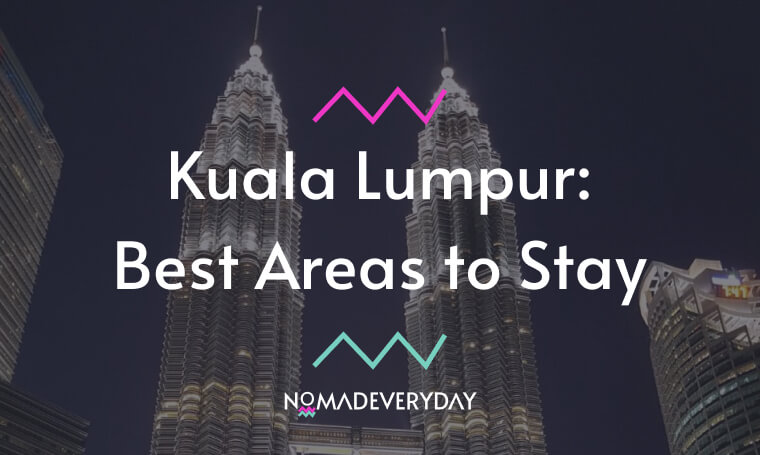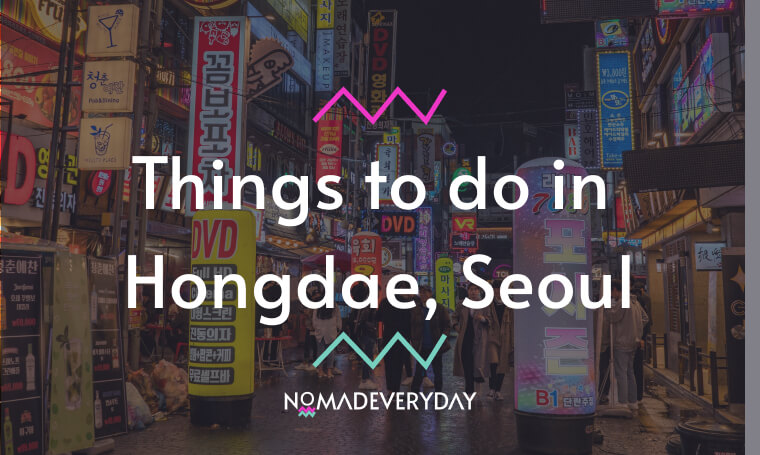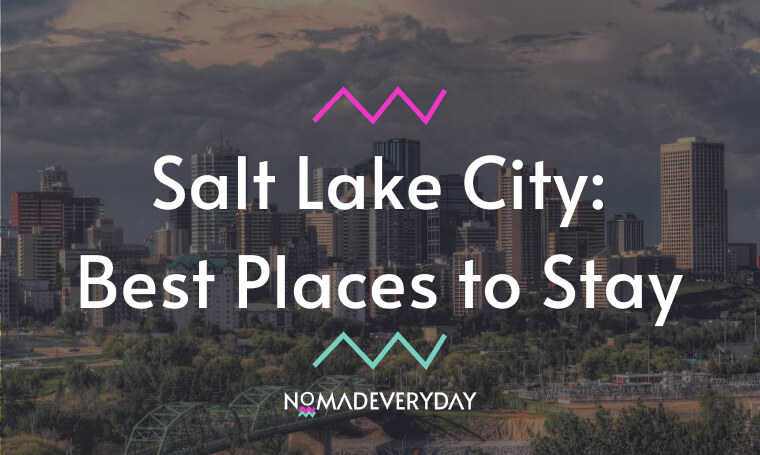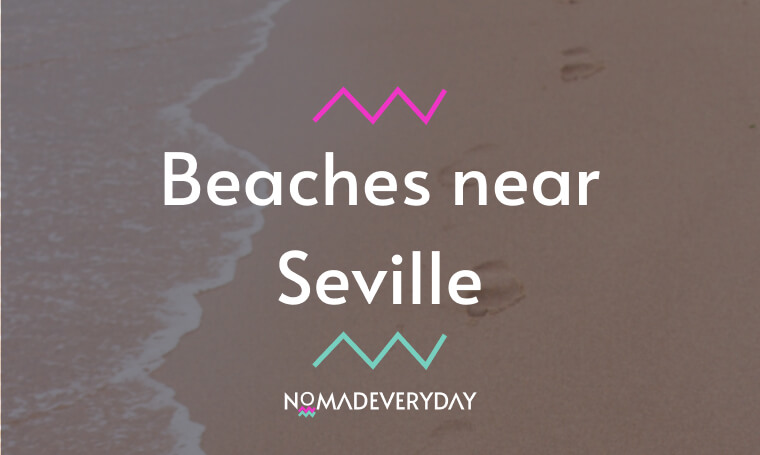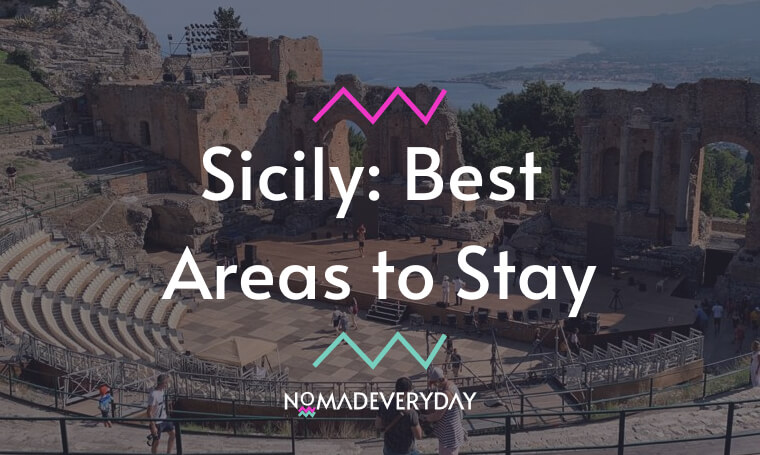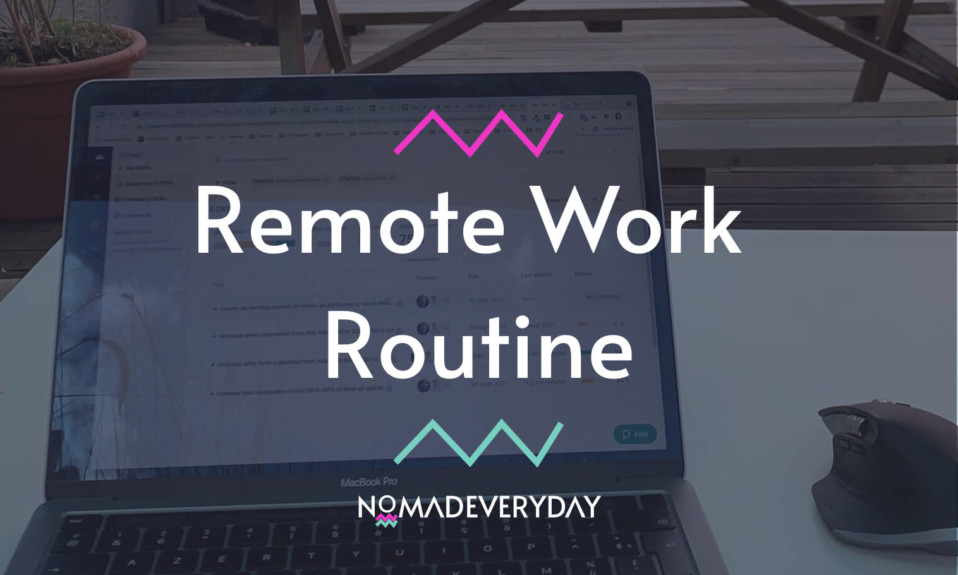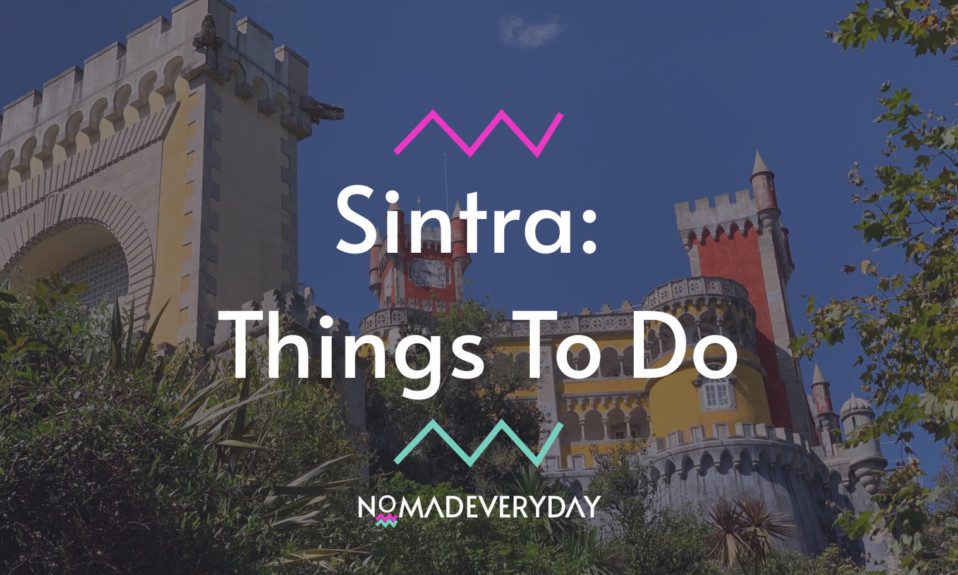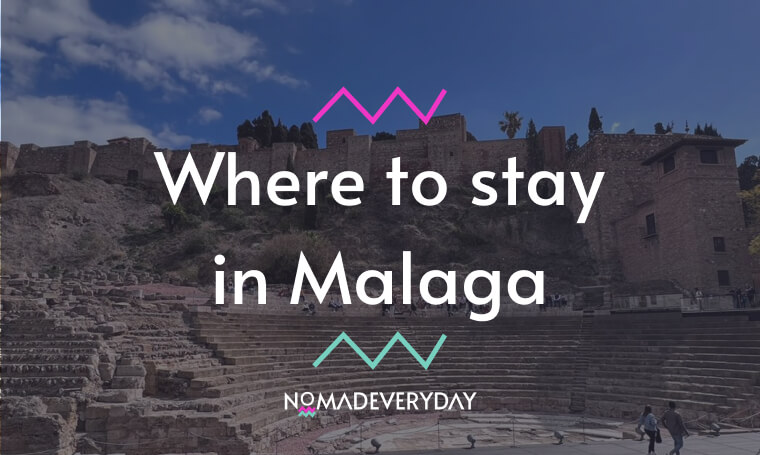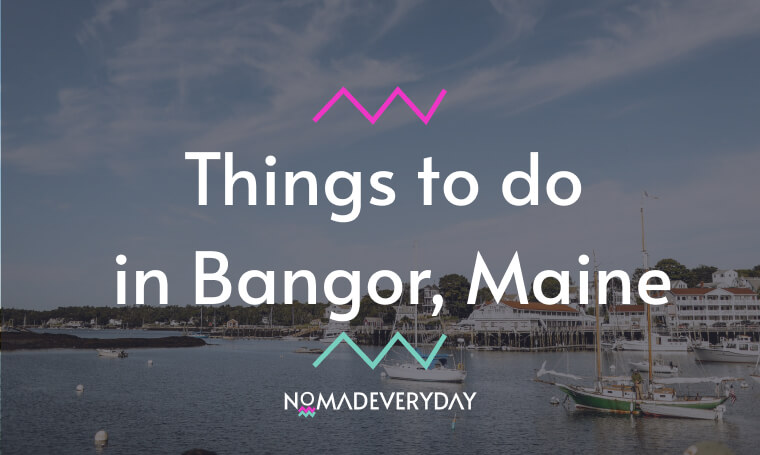The Malaysian capital has a lot to offer. Between skyscrapers and nature, it will keep on surprising you! In this article, we will mention the best areas to stay in Kuala Lumpur.
Kuala Lumpur, also called “KL” is the capital of Malaysia with more than 7 million inhabitants.
In Malay, Kuala Lumpur means “muddy confluence”. The city is indeed at the confluence of two rivers.
The city was built around Merdeka Square (Independence Square) dominated by the palace of Sultan Abdul Samad.
The capital is divided into many districts. Its main hub is called the Golden Triangle, which includes KLCC, Bukit Bintang, and Chinatown.
To visit Kuala Lumpur, the capital of Malaysia, is to discover a modern and diverse metropolis that offers many points of interest for travelers.
If you are traveling in South-East Asia, chances are that you will pass through Kuala Lumpur, at least through one of its two airports because it is, along with Bangkok, an essential logistic platform in this region of the World.
Whether you are staying for a couple of days or for months, here are the 7 best areas of the capital.
The 7 Best Areas To Stay In Kuala Lumpur
Kuala Lumpur City Center – KLCC
Kuala Lumpur City Center, also known as KLCC, is where you will find some of Malaysia’s most iconic landmarks such as the Petronas Twin Towers and the Menara Tower which are so tall (452 meters).
The many tourist attractions make it a very lively place, day and night.
It is the commercial district with the largest concentration of stores and malls, luxury hotels, and banks. If you are a shopping enthusiast, you will love it!
There’s also a lot of restaurants, there is something for every taste and price. From a starred restaurant in a big hotel to a food court in a shopping mall, you will find what you need.
KLCC will make you feel like you’re in the West as the buildings are super modern, only the temperature is always between 28°C and 35°C.
The nicest part is that the majority of the locals speak fluent English, making it easy to blend in.
KLCC is also very convenient and easy to get around, as there is a metro station for the KL LRT (Light Rail Transit) and the KL Monorail.
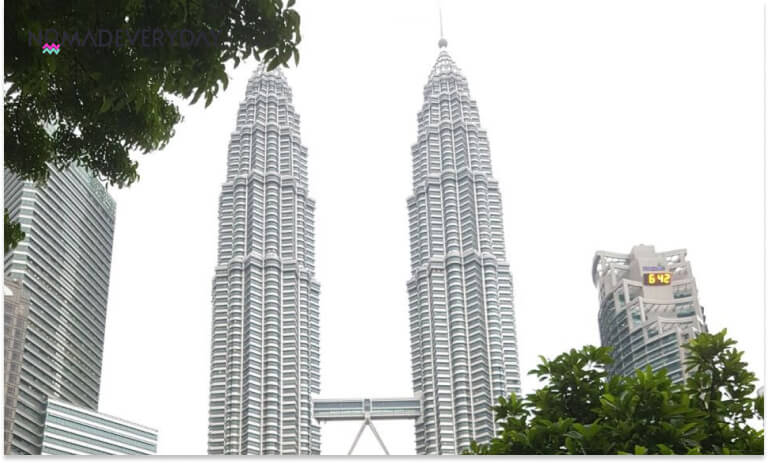
Bukit Bintang
The Bukit Bintang district has been developing since the 1980s.
It is home to many cafes, pubs, star hotels and hostels, restaurants, shopping malls, and trendy nightlife spots.
It is here that you can find the best bars and clubs. This makes it a very lively area. Go and have a drink at the SkyBar, in the Traders Hotel. The view is splendid!
Most of the restaurants serve Asian cuisine: Chinese, Indian, Malay, Thai, and Indonesian.
One of the most popular places in Kuala Lumpur is “Jalan Alor”. It is a large, picturesque street lined with restaurants and food stalls with the smell of exotic fruits, fried fish, and roasts
It is also a central area very easy to access via public transport. It is served by the KL monorail, Bukit Bintang station.
The Bukit Bintang monorail station in the center of the strip connects the neighborhood with KL Sentral in Little India.
If you plan to start at Berjaya Times Square, take the monorail to Imbi station instead of Bukit Bintang station.
Chinatown
Chinatown spreads around the pedestrian street of Petaling.
Here is the famous flea market where there is a selection of counterfeit goods, replicas of famous brands, and some local goods at very low prices.
In the evening, you can enjoy Chinese food in the street stalls, the food is excellent.
Chinatown is also where you can find all kinds of cheap accommodation. But don’t be too demanding in terms of comfort
The neighborhood also has beautiful Buddhist temples and traditional cafes frequented by the local Chinese community.
Central Market
Located a few minutes from Chinatown is Central Market, which has now become a tourist attraction.
It has been designated as a heritage site by the National Heritage Department. Inside are handicraft stores, souvenir stores of local goods such as Malaysian batiks.
There is also a wide range of Chinese food restaurants. The food is very nice and the prices are low.
In the street along Central Market is the Kasturi Walk, an open-air flea market. There are vendors selling counterfeit designer handbags, watches, T-shirts, flip-flops, etc.
You can taste the famous Putu Bamboo. These are cakes made of rice flour, pandan leaf syrup, palm sugar, coconut. They are steamed in bamboo pipes. It is a treat!
Central Market is located close to major public transportation links, making it easy to get to all major destinations.
Brickfields – Little India
It is certainly the most exotic neighborhood in the city.
The Little India neighborhood, also called Brickfields, is home to nearly 40,000 people of Indian and Sri Lankan origin. That’s why it has that name.
It is in fact the main street where you can find Indian stores and restaurants. The place is lively, some stores attract attention with Bollywood music played at the entrance. Sometimes very loud!
The area is famous for its restaurants serving cheap and tasty menus. The dishes offered have a strong South Indian influence.
You can go around the stores on the street. All colorful, they really make you want to enter. The flower market is also a must-see. You can see men carefully braiding flower garlands.
KL Sentral
10 minutes away from Little India, there is the KL Sentral district.
This is mainly where the headquarters of multinational companies are located. It is also the biggest rail transport hub to all kinds of destinations in Malaysia.
KL Sentral is the hub of Kuala Lumpur. One of the reasons for staying here is to be close to public transportation and to have easy access to the airport.
You will find many restaurants, local and international, and also big shopping malls nearby.
Walked through the neighborhood to get to Little India from the train station.
All these ultramodern buildings are impressive. It is more a business district than a tourist district, but it shows the economic power of the capital.
Bangsar
Located in the southwest of Kuala Lumpur, on top of a hill, Bangsar offers the convenience of the city center in close proximity.
Indeed, the area has many restaurants, stores, and shopping malls.
The city’s strength lies in the variety of housing options, from condominiums to guarded residences and independent villas.
There is a high concentration of Western expatriates.
An LRT station (soon to be two stations, the future one being on the border between Damansara and Bangsar) serves the city, the Jalan Maarof which is the main access is quickly saturated at the beginning and end of the day.
In which area can you eat in KL?
Jalan Alor
On the food side, one of the most popular places in Kuala Lumpur is Jalan Alor.
It is a small street which is located right next to the main street of Bukit Bintang. Animation guaranteed the night with dozens of restaurants present. We advise!
Flea Indian Market
On Saturdays, do not miss the market of the Indian district. You can taste multiple specialties, all more delicious than the others.
KLCC Food court and Sky bar
The last floor of the shopping mall Suria KLCC which is located at the foot of the Petronas towers shelters tens of restaurants that propose all types of cheap Asian dishes, but not only.
On the first floor, in front of the fountain show, more prestigious establishments offer international dishes.
Also have a drink at the SkyBar, on the 33rd floor of the Traders Hotel. The view on the Petronas Towers and the SkyBridge is just fabulous!
How many days do you need in KL?
It is necessary to spend at least 3 days visiting Kuala Lumpur.
We advise you to visit the famous Petronas Towers, the KL Tower or Menara Tower, the Indian Quarter, Chinatown and finally the Bird Park.
When to visit Kuala Lumpur?
Visit Kuala Lumpur between June and September
The climate in Kuala Lumpur is hot and humid all year round. The heat is heavy and can quickly become overwhelming.
People usually go out in the evening and at night to enjoy the relative coolness.
The best time to visit Kuala Lumpur is from June to late September. This is the least rainy and sunniest season in this part of Malaysia.
Is it safe to walk around Kuala Lumpur?
Malaysia is a relatively safe country and so is Kuala Lumpur. Violent crimes involving the use of weapons are rare. The only assaults on foreigners involve the use of knives in exchange for the victim’s purse, which again is rare. Avoid walking in dark areas alone at night

